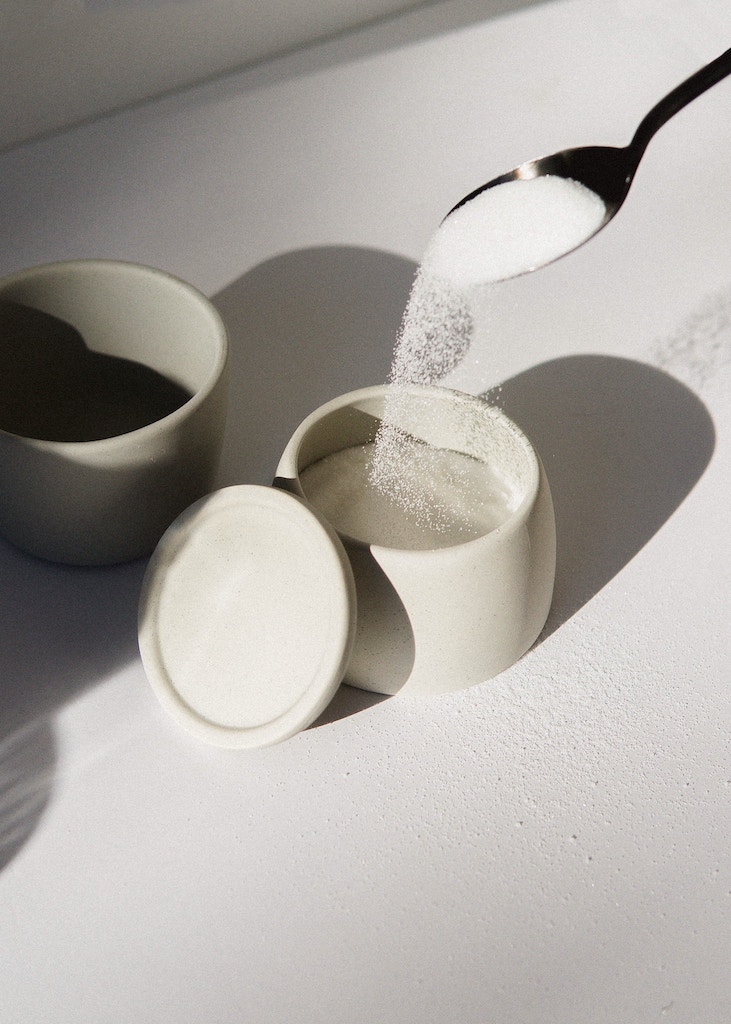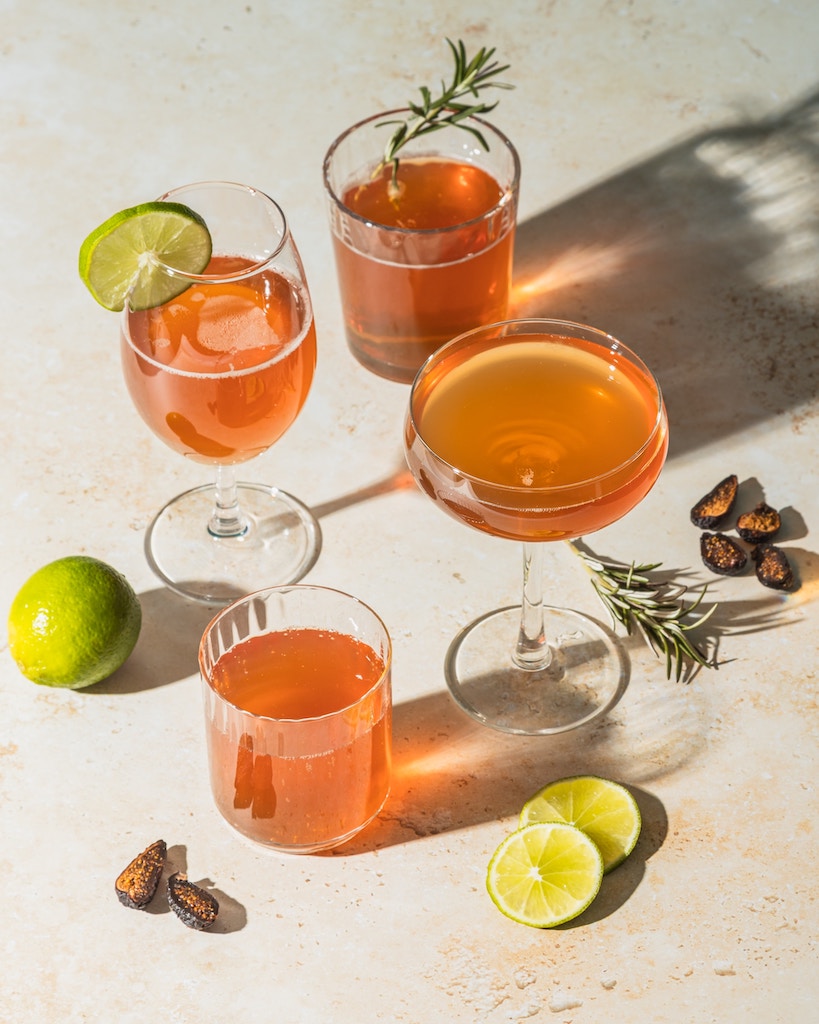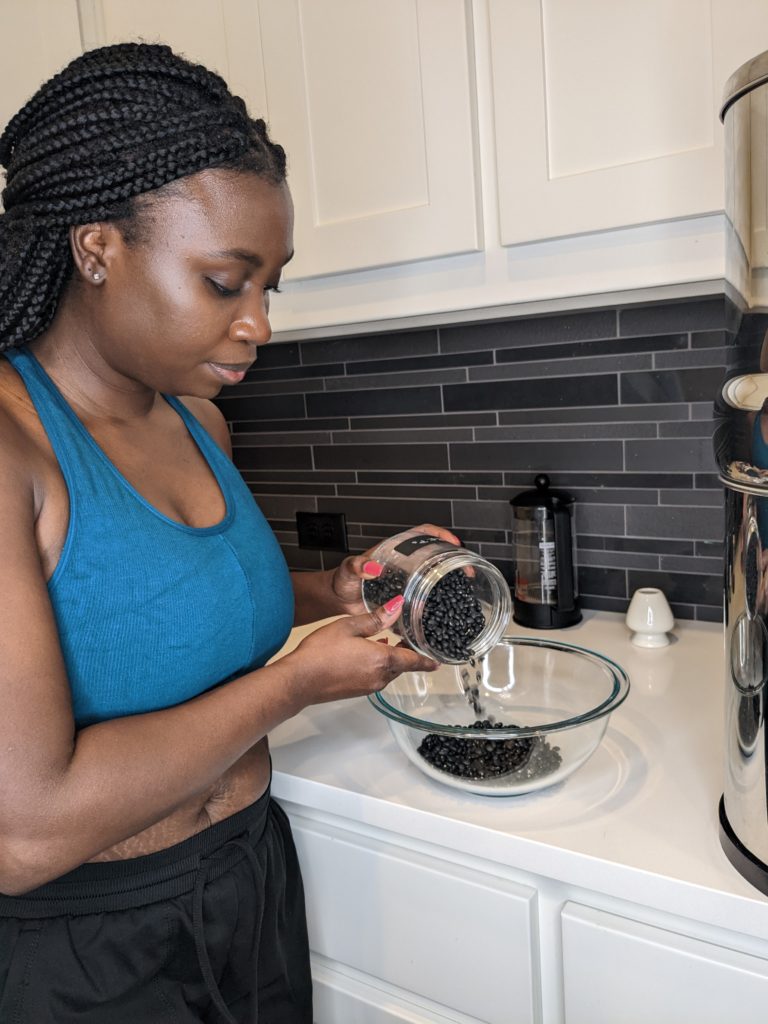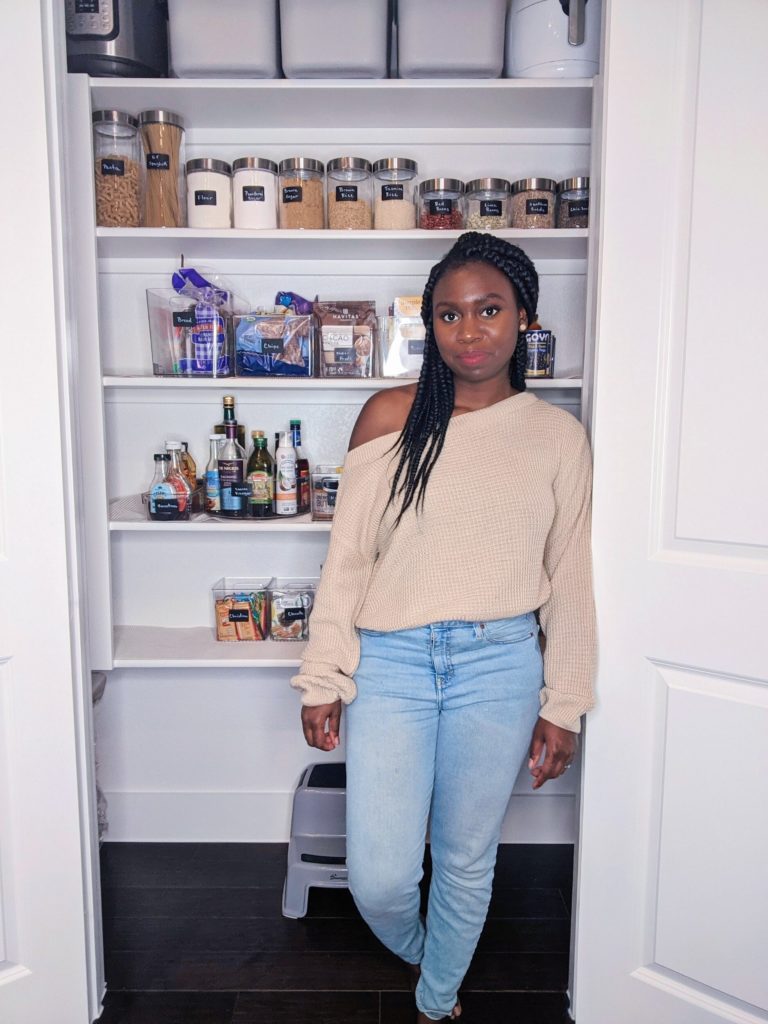7 Places Sugar is Hiding Out in Your Diet
You may have already made the decision to cut back on sugar or even cut it out completely. And while that’s a great goal for bettering your health, it may not be as easy as you think. Finding hidden sugar is no easy task if you don’t know what to look for, so I’m going to break down how to do it.
You’re probably aware that sweet treats, candy, and soda are off the table. Or maybe you’ve even started to drink your coffee or tea unsweetened. But what if I told you that’s probably only the beginning of where sugar’s hiding in your diet?
Is Sugar Bad?

Before I go into how you can avoid added sugar in your diet, it’s best to get an understanding of whether sugar is actually bad for you.
So, is sugar really that bad? Technically, no. Sugar is an excellent source of energy and is found in several natural, unprocessed foods, including fruit and raw dairy. Some of the most nutritious foods contain sugars!
The issue comes when you consume refined sugars in excess. Usually, sources that are high in refined sugars are low in nutrients and are really just empty calories.
Think about it this way, you want every calorie you consume to add something to your health and feeling good. Unfortunately, since most sources of refined sugar don’t have many nutrients, they aren’t likely to bring much to the table (literally or figuratively).
It’s also important to point out that excess sugar has been linked to unstable blood sugar levels, high blood pressure, and inflammation which can ultimately contribute to poor gut health and hormonal imbalances.
So, how much sugar is too much?
Sugar isn’t an essential nutrient. So, technically you could do without it. However, the American Heart Association recommends that women consume a maximum of 24 grams or six teaspoons of sugar.
Now that you have a good idea of why you need to avoid excessive sugar, here are some ways to avoid consuming too much.
Finding Hidden Sugar: Sneaky Names
The biggest culprit is usually packaged foods. So, avoiding processed and packaged foods is one of the first steps to cutting back on added sugars.
However, sometimes the convenience of certain packaged foods makes them a more viable option. So, eat these foods sparingly.
Be sure to flip them over and check the label for the following names:
- High fructose corn syrup
- Corn syrup or sweetener
- Cane sugar
- Brown sugar
- Brown sugar
- Malt sugar
- Invert sugar
- Molasses
- Dextrose, fructose, glucose, lactose, maltose, sucrose
- Fruit nectars
- Turbinado
- Coconut sugar
- Agave – some believe this is a better alternative to avoid blood sugar spikes.
Total Sugars vs. Added Sugars
Another thing you may notice on the label is “total sugars” and “added sugars.” Some foods might contain naturally occurring sugars from their main ingredients.
But they might also have additional sweeteners that are added to taste. The additional sweeteners are considered added sugars.
For example, a fruit bar might be made with real fruit, which of course, contains natural sugars. But it may have additional sweeteners listed as “added sugars.”
Consider the total sugars as the amount of sugar in your daily intake.
7 Foods with Sneaky Hidden Sugars

As I said earlier in the post, it’s best to avoid packaged foods. But there are some foods that seem particularly harmless that can really add to your sugar intake.
Condiments and sauces
You’d be really surprised to find that some of your favorite condiments and sauces contain lots of sugar. Ketchup usually has one of the highest amounts of sugar and so do many salad dressings and marinades.
Try switching to simple, homemade marinades and dressings. Or try switching out your favorite spread for smashed avocado instead.
Protein powders
Most protein powders are laden with no-no ingredients. But you probably didn’t realize that many of them have some type of sugar as the sweetener.
It’s always my preference to get my protein from real food when possible to avoid this trap.
Protein bars
Finding hidden sugar in protein bars can be such a bummer if you usually grab one of these after a workout. Did you know that some of the most popular protein bars on the market have just as much sugar as a Snickers bar? Yep, you read that right. If I’m being honest, most of them don’t even contain enough quality protein to be worth the extra sugar in your diet.
Instead of protein bars, try grass-fed meat sticks or a homemade trail mix with your favorite nuts and seeds.
Shop-made smoothies
One of the most disheartening things I discovered when I started cutting out sugar was that most of the smoothie places I frequented add sweeteners to their smoothies.
Most popular chains add some type of sugar to make their smoothies taste sweeter and to get you hooked. If you absolutely must order a smoothie from a chain, request it without a sweetener.
Juices
Store-bought juices are rarely ever made from 100% real juice from the fruit. So, it’s best to avoid them. If you are looking for fresh juice at the store, make sure it’s labeled that it’s only made with real fruit and vegetables and that it’s not from concentrate.
Fresh-pressed juices are tasty and nutritious in moderation. But since the fiber is removed, it can cause blood sugar spikes in some people. Personally, I eat a balanced meal about 15-30 minutes after I have a juice to help with blood sugar stabilization.
Another tip for consuming fresh juice is to have at least one vegetable to fruit in the recipe to reduce the sugar.
Sticking with water or water with fruit or cucumber added is the best way to avoid the extra sugar and calories from juices.
Breakfast staples
If you’re a child of the 80s or 90s, there’s a good chance you ate ALOT of cereal. Or maybe those oatmeal packets were your breakfast of choice. After all, whole-grain cereal and oats are healthy, right?
Well, not really. Most of these items actually have tons of sugar in addition to other questionable ingredients. Some have more sugar than you should consume for the entire day. And the last thing you want to do is start your day with a blood sugar spike.
There are a few decent cereal brands out there, but in my opinion, most of them aren’t worth it nutritionally speaking. When it comes to finding hidden sugar in your diet, this one isn’t nearly as “hidden.”
Oatmeal, on the other hand, is a better option if you avoid the instant kind and look for sprouted.
Alcohol/cocktails
I’m not going to go on a rant about how bad alcohol is for you and your liver. The reality is that most of us are going to have an occasional drink from time to time.
My only suggestion would be to limit your consumption. Stick to liquor and soda to avoid the sweeteners found in mixes and juices.
Now that you have some practical tips and alternatives to avoid excess sugar in your diet, you can start making steps toward reducing your intake. The biggest takeaway here is always to read the labels on all your food.
You may make some missteps here and there, but eventually you’ll be able to cut your sugar intake dramatically.






